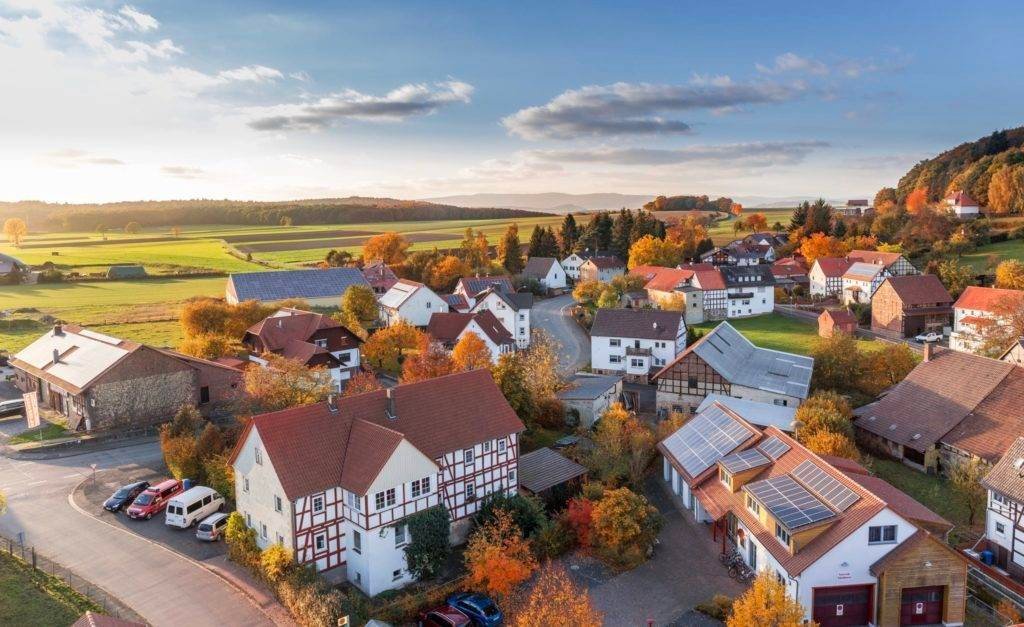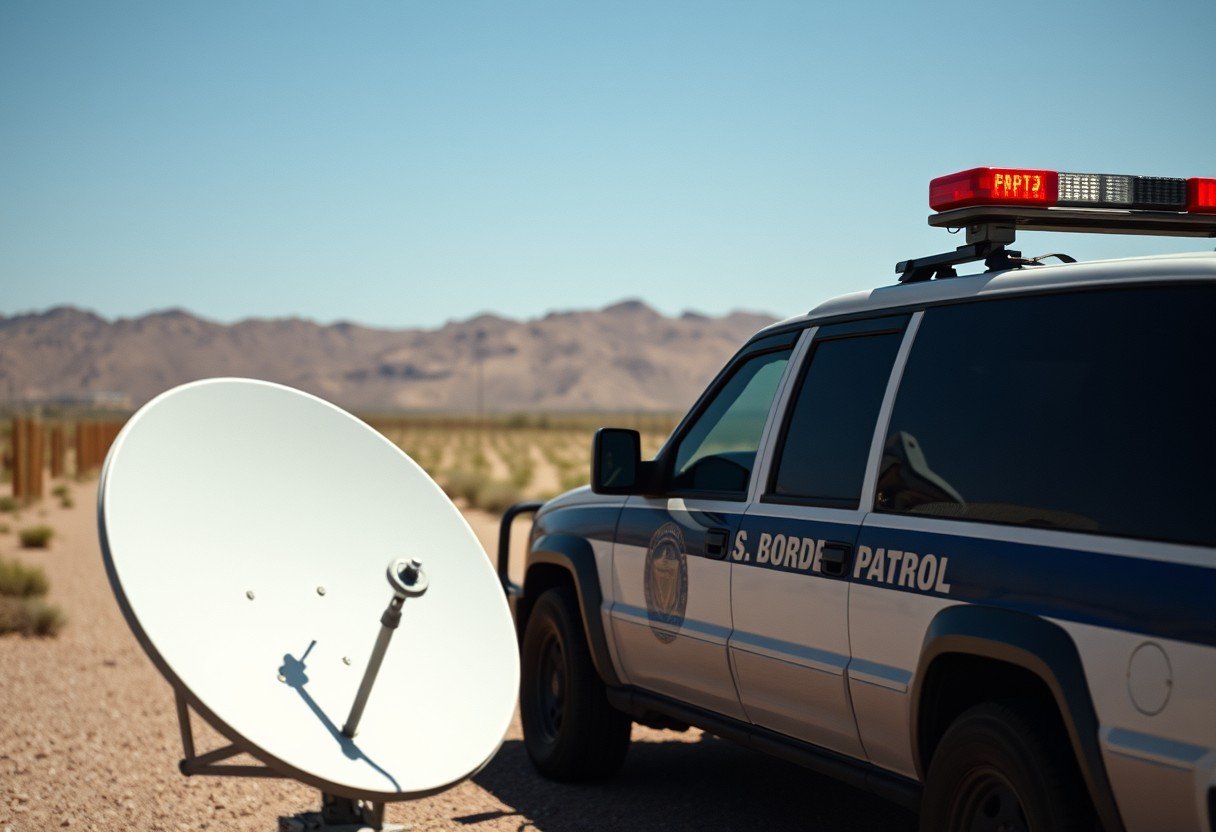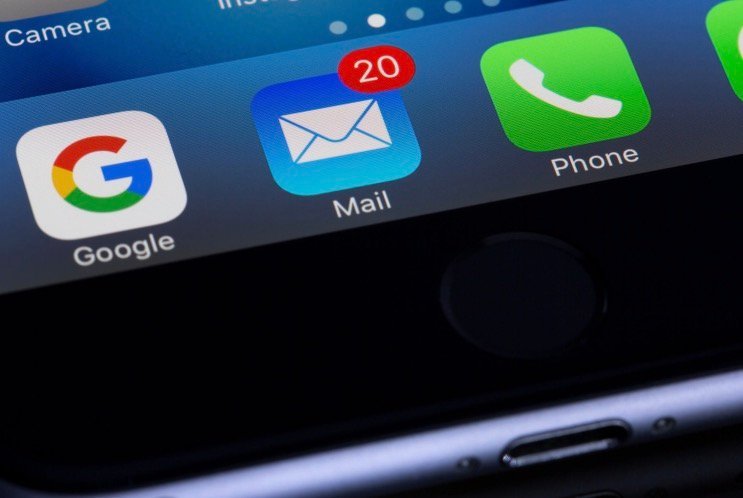In a world dominated by social media and email, you might think a simple piece of paper has no place in a real estate agent’s marketing plan. However, real estate postcards cut through the digital clutter to land directly in the hands of potential clients. They offer a tangible, personal touch that digital ads can’t replicate. This guide explains why this classic tool is still so powerful and how you can use it to grow your business effectively.
Why Do Postcards Still Work in a Digital Age?
The main advantage of a postcard is its physical nature. In an era of overflowing inboxes and endless online ads, a physical mailer stands out. People are more likely to notice and read something they can hold in their hands.
This tangible connection makes a more lasting impression than a fleeting digital ad. It’s a marketing message that doesn’t disappear with a single click.
Postcards also feel more personal. They arrive at a person’s home, creating a direct link between you and a potential client in a specific neighborhood. This targeted approach shows you understand the local market, building trust and authority before you even speak to them. Plus, they are incredibly cost-effective, allowing you to reach a large, relevant audience without breaking your marketing budget.
Finally, their effectiveness is easy to measure. Unlike some brand awareness campaigns, you can directly track responses from postcards by including a unique URL, QR code, or a specific offer. This data helps you understand what works and refine your strategy for future mailings.
How to Create a Postcard that Grabs Attention
Your postcard has only a few seconds to make an impact, so the design is crucial. It needs to be visually appealing and easy to read. Start by using high-quality images that showcase a property’s best features or convey a professional image of you.
A blurry photo or cluttered design will send your postcard straight to the recycling bin. Keep the overall look simple and clean. Don’t try to cram too much information onto a small card. A strong headline, a stunning image, and a clear call to action are all you need.
To make your postcard truly stand out, focus on these key elements:
- High-Quality Card Stock: A flimsy postcard feels cheap. Use a thick, glossy paper to convey professionalism and quality.
- Bold, Clear Fonts: Your message should be readable at a glance. Choose fonts that are easy on the eyes and use a color scheme with high contrast.
- Professional Branding: Ensure your postcard includes your logo, headshot, and contact information consistently with your other marketing materials. This builds brand recognition.
Think of your postcard as a mini-billboard. The goal is to capture interest instantly and encourage the recipient to take a closer look.
Targeting the Right Audience for Maximum Impact
One of the biggest mistakes agents make is sending generic postcards to an entire city. The power of postcard marketing lies in its ability to target specific neighborhoods, or “farm” areas. Focus your efforts on the communities where you want to build your business.
By sending mailers to people who live in or near a neighborhood you’re active in, you’re reaching a highly relevant audience. These residents are invested in their community’s property values and are more likely to be interested in local market updates, recent sales, or new listings.
Personalization takes this targeting a step further. If possible, include the recipient’s name or address in the greeting. This small touch shows that you’re not just sending a mass advertisement but are speaking directly to them. A postcard that says “Hi Jane, wondering what your neighbor’s home at 123 Maple St sold for?” is far more effective than one with a generic “Dear Homeowner” greeting.
Crafting a Compelling Message and Call to Action
Your postcard’s message should always be about the recipient, not about you. Instead of just listing your accomplishments, focus on what you can do for them. Answer their potential questions: What is my home worth? How can I find my dream home in this neighborhood?
Frame your message around their needs and desires. For example, instead of “I’m the #1 Agent,” try “I can help you get the best price for your home.” This recipient-focused approach makes your marketing more relatable and effective.
Every postcard must have a clear and compelling call to action (CTA). You need to tell the recipient exactly what you want them to do next. A weak CTA will result in a weak response. Make it easy for them to take the next step.
| Goal of Postcard | Example Call to Action | Best For |
|---|---|---|
| Generate Seller Leads | “Scan the QR code for a free, instant home valuation!” | Farming a new neighborhood |
| Promote a New Listing | “Call me today to schedule a private tour.” | Attracting active buyers |
| Build Your Brand | “Visit MyWebsite.com for local market updates.” | Staying top of mind with past clients |
Make sure your contact information is prominent and easy to find. The goal is to remove any friction that might stop someone from reaching out.
Building a Successful Postcard Campaign Strategy
Sending one batch of postcards and hoping for the best is not a strategy. Success comes from consistency. To be effective, real estate postcards need to be mailed regularly, at least once a month. This consistent contact helps you stay top of mind, so when someone is ready to buy or sell, your name is the first one they think of.
Tracking your results is also essential. You need to know what’s working and what isn’t. You can do this by:
- Using unique landing pages: Create a specific page on your website for postcard recipients (e.g., yourwebsite.com/offer).
- Creating a special phone number: Use a call-tracking number to see how many inquiries come directly from your mailers.
- Including a unique offer code: Ask people to mention a specific code when they call to claim a free consultation or guide.
By tracking your response rate, you can test different designs, headlines, and offers to see what resonates most with your audience. Over time, this data will allow you to optimize your campaigns for better results. Remember that postcards work best as part of a larger marketing plan that includes digital advertising, email marketing, and social media.
Frequently Asked Questions about Real Estate Postcards
How often should I send real estate postcards?
For the best results, you should aim for consistency. Sending a postcard to your target neighborhood at least once per month helps build name recognition and ensures you stay top of mind when residents are ready to buy or sell.
What is the most important element of a real estate postcard?
A clear, compelling call to action (CTA) is the most crucial element. Your postcard can have a great design and message, but without telling the recipient what to do next, it’s unlikely to generate leads.
Can I design my own postcards or should I hire a professional?
While you can design your own, using professional templates or hiring a company that specializes in real estate postcards is often better. This ensures a high-quality, professional look and allows you to focus on the marketing message and strategy.
What’s a good response rate for a postcard campaign?
A typical response rate for direct mail, including postcards, is around 1-2%. However, this can vary based on your market, offer, and consistency. The goal is not just responses but building long-term brand awareness in your farm area.
How do I measure the success of my postcard marketing?
Measure success by tracking responses through unique phone numbers, specific website landing pages (URLs), or QR codes mentioned only on the postcard. This helps you calculate the return on investment (ROI) for each campaign.









Leave a Comment